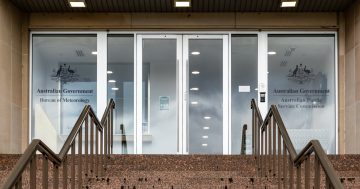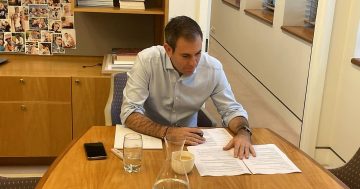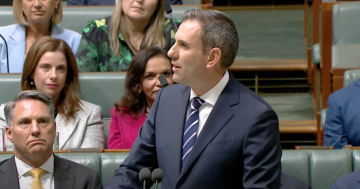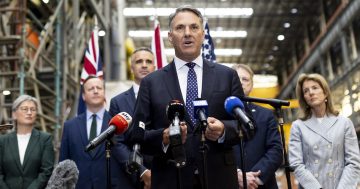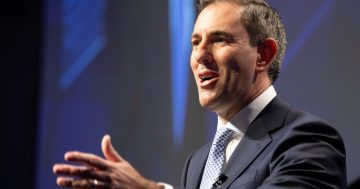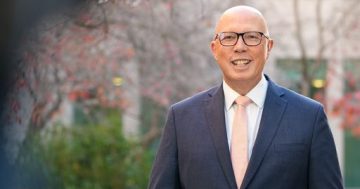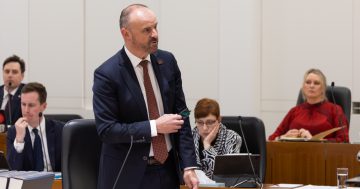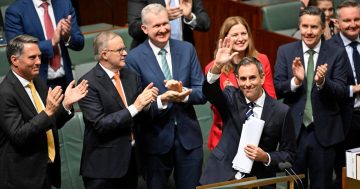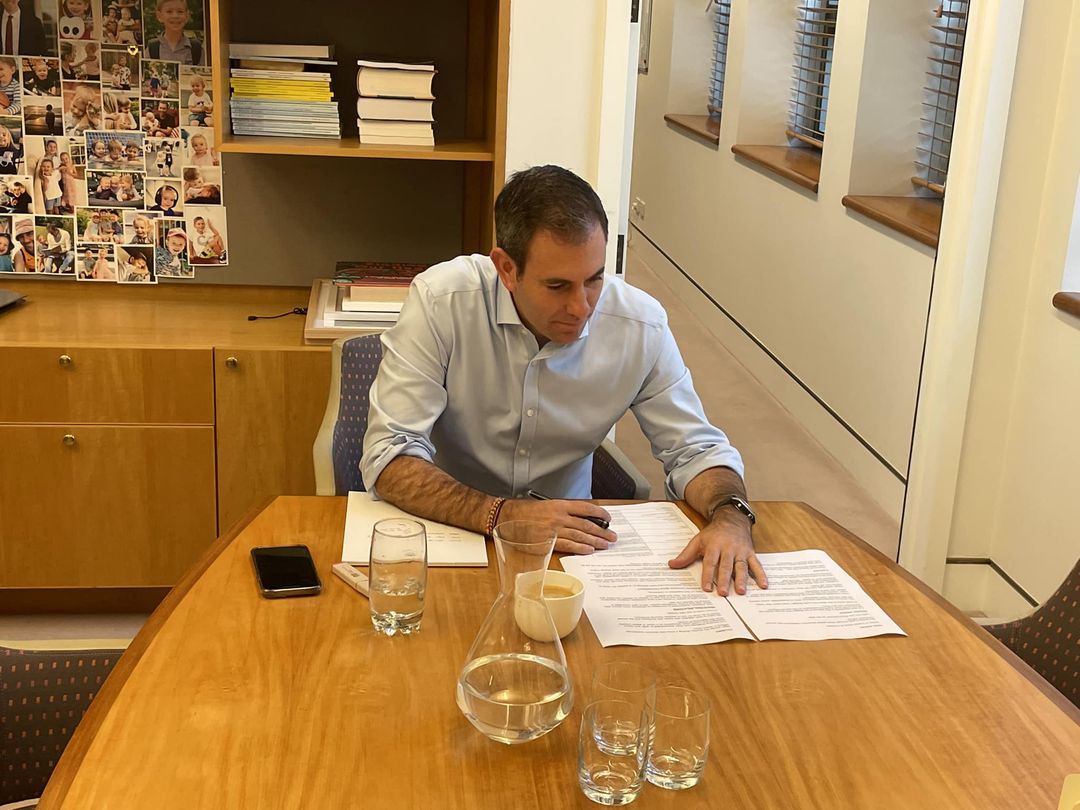
Jim Chalmers preparing for last night’s Budget. Photo: Supplied.
Treasurer Jim Chalmers has delivered his first federal Budget and Labor’s first in nine years.
It is, however, the second federal Budget handed down this year – a necessary move, the Albanese Government insists, to get the nation back on track after a decade of Coalition government.
The Federal Government claims to have found $22 billion in savings over the next four years by ‘reprofiling’ programs, initiatives and spending across the Australian Public Service.
It has also committed to more than 7500 additional public sector jobs, which equates to a 4.4 per cent increase in APS jobs.
An ongoing national audit of departments and agencies has found wasteful spending which the government is keen to correct.
Part of that ‘save’ will be $3.6 billion in a reduction in consultants, travel and legal expenses.
“Tonight, we take the first step, with a budget repair package that delivers $28.5 billion in improvements over the next four years,” the Treasurer said last night (25 October).
“This unwinds wasteful or unnecessary spending, redirects it towards higher-quality investments and priorities, and improves the integrity and fairness of our tax system.
“Our spending audit has helped identify $22 billion in savings over the next four years.
“This includes our election commitment to reduce spending on external contractors, consultancies, advertising, travel and legal services – expecting to save the budget $3.6 billion.”
The Budget contains $22 billion of spending redirections and reprioritisations, including:
- $6.5 billion from reprofiling of infrastructure projects
- $3.6 billion from reducing spending on external labour, advertising, travel and legal expenses
- $1.7 billion from redirecting funding from the Regional Accelerator Program
- $1.7 billion from investments in the National Water Grid Fund
- $1.4 billion from partially reversing the Energy Security and Regional Development Plan
- $920 million from the Community Development Grants Program
- $671 million from the Urban Congestion Fund
- $304 million from uncommitted funding from the Modern Manufacturing Initiative and the Manufacturing Modernisation Fund (Round 3)
- $252 million from the Building Better Regions Fund
- $198 million from uncommitted funding from the Entrepreneurs Program
- $144 million from ending the 10 per cent upfront university fee discount
- $50 million from Round 7 of the Safer Communities Fund, and
- $16 million from not proceeding with funding for the Australian Future Leaders Program.
The Budget invests another $6.1 billion more in hospitals and Medicare and just over $2.5 billion to improve aged care service, including putting nurses back into nursing homes.
In addition to the $22 billion programs save, the government has found another $4.7 billion by committing to ensure multinationals pay their fair share of tax in Australia and extending successful ATO tax compliance programs.
There’s a $1 billion investment in fee-free TAFE and vocational education places; $1.7 billion over six years to end violence against women and children; and $1.2 billion to help Close the Gap for First Nations people and to prepare the referendum on a Voice to Parliament.
“Our government will ensure the Australian Defence Force is well positioned to meet our security challenges over the next decade and beyond, with defence funding rising beyond 2 per cent of GDP over the forward estimates,” Mr Chalmers said.
“And after nearly a decade of neglect and disrespect, we are restoring our role as a diligent and dependable partner and friend to our Pacific neighbours – for a stable, peaceful and more prosperous region.”
Finance Minister and Minister for the Public Service Katy Gallagher placed the Budget’s focus on the public sector, signalling change would be a constant in the APS for some time to come.
“The APS is focused on practical reforms to improve its capacity to do its job well. Work is underway to continue to modernise ways of working,” she said.
“This includes through the development of a whole-of-service employee value proposition, and approach to flexible work and location strategy to support agency decisions on the geographic distribution of the workforce to access diverse talent pools.
“These strategies will assist in reducing the APS’s reliance on consultants and contractors. The government will re-institute independent capability reviews of agencies … They will be forward-looking, identifying what capability is needed for emerging work and challenges.
“Understanding the APS capability, knowing our strengths and weaknesses, and being transparent about how we can do better, is fundamental to building a stronger APS that is committed to improving the lives of Australians.
“Evaluation is also a clear priority for the government as it assesses if the policies and programs deliver what is intended. The government will work to align evaluation functions and build capability to support better outcomes for Australians and better quality government spending.”
Community and Public Sector Union national secretary Melissa Donnelly praised the Budget’s public service announcements.
“The CPSU and APS workers welcome the Albanese Labor Government’s commitment to rebuilding the Australian Public Service with the announcement of over 7500 additional public sector jobs,” she said.
“For too long, we have seen governments throw millions of taxpayer dollars at consultant and contractor spending while cutting APS jobs and hollowing out the skills and experience of our public sector, but from tonight that is being wound back.
“The previous government’s trick of cutting APS jobs, while handing over millions to consultants and labour hire firms is finally being addressed.”












